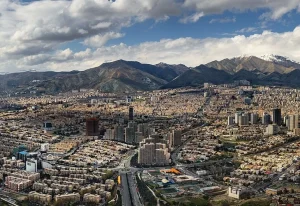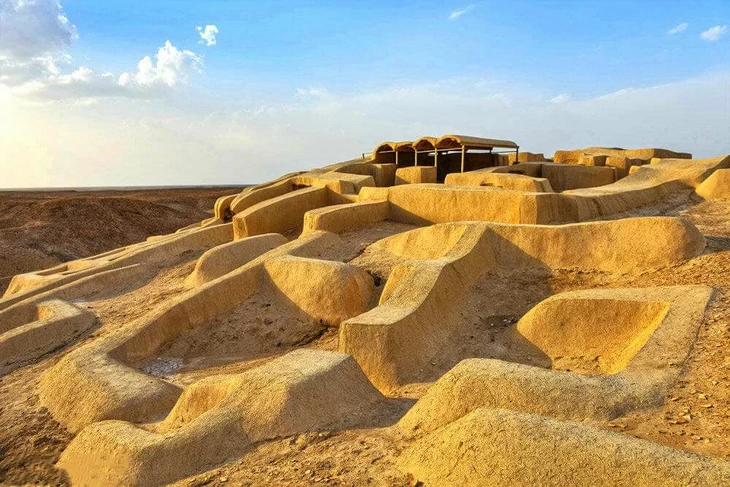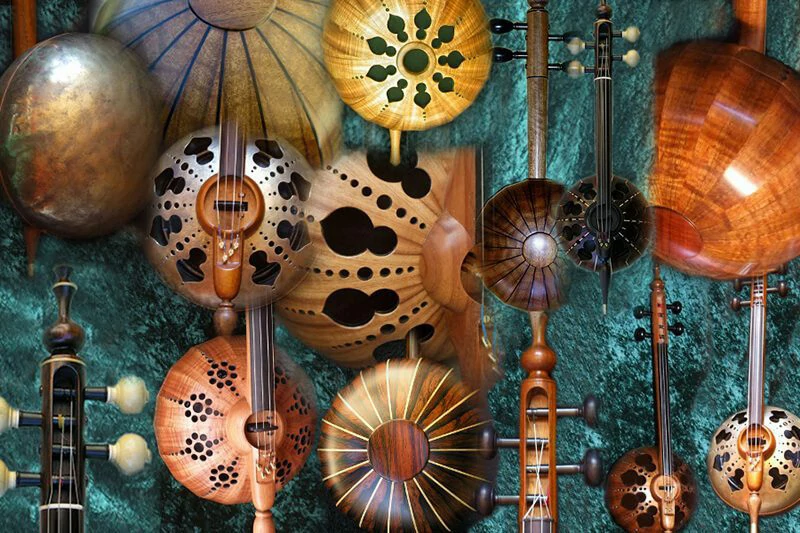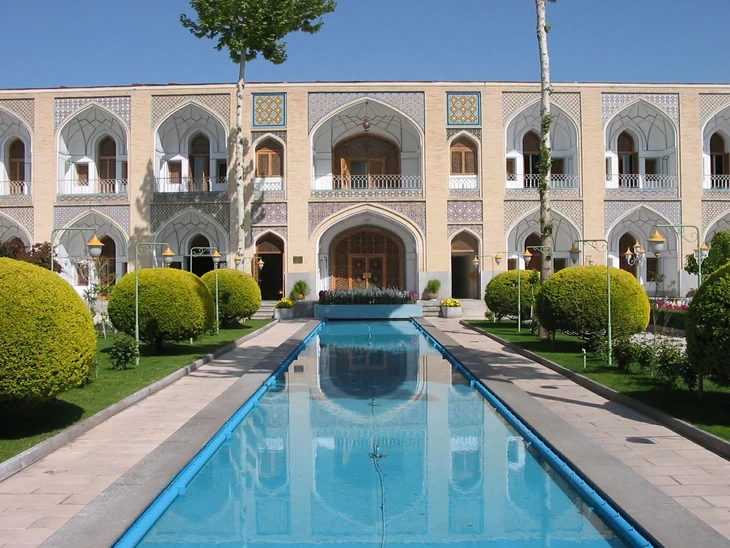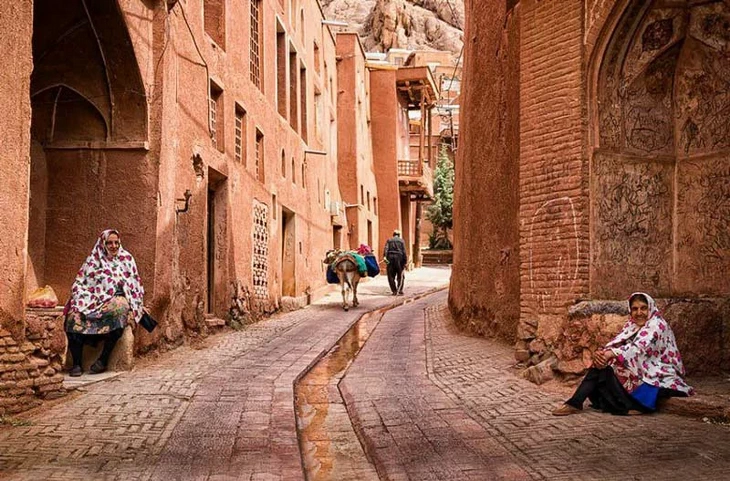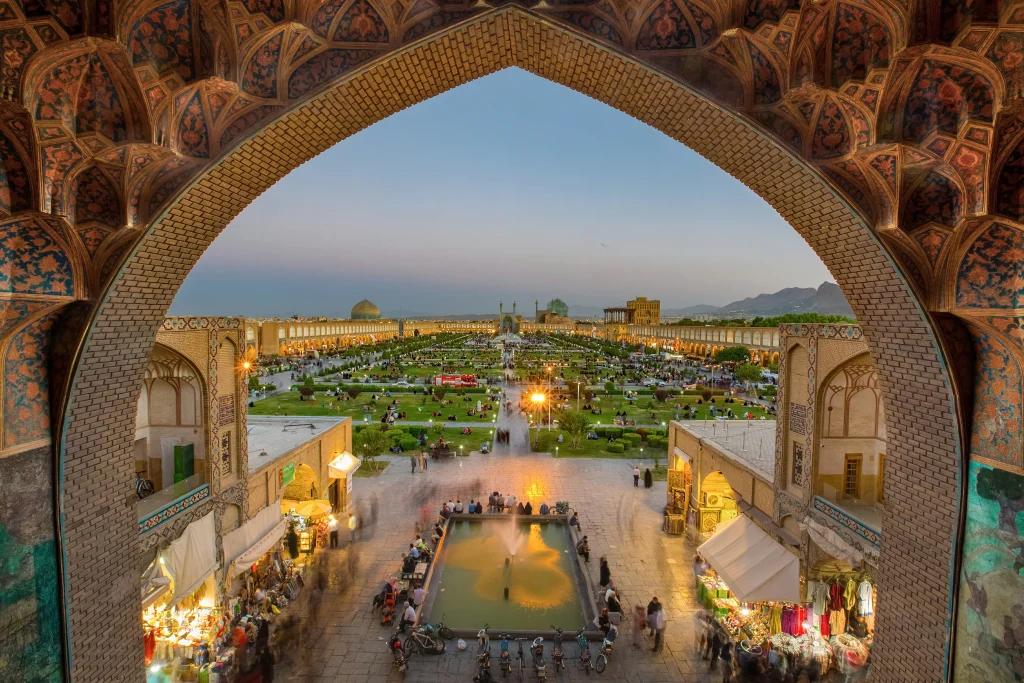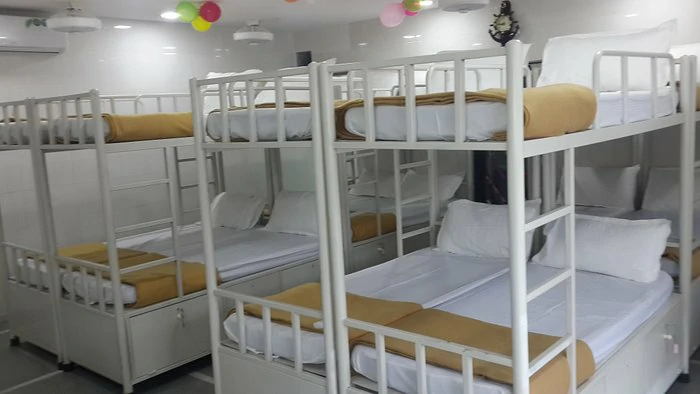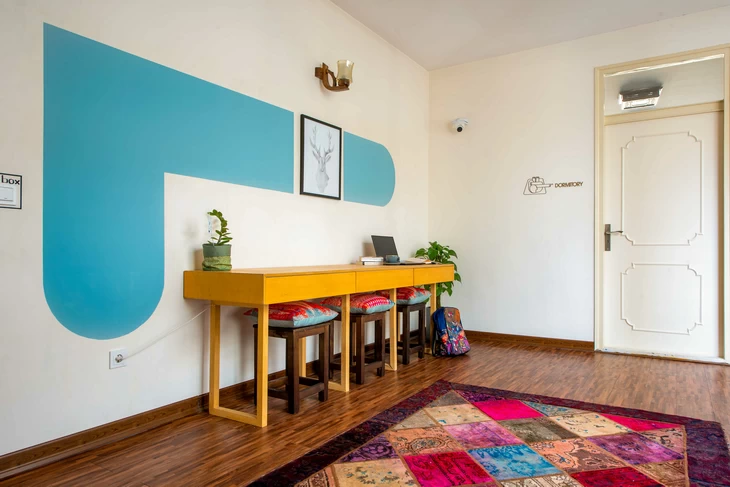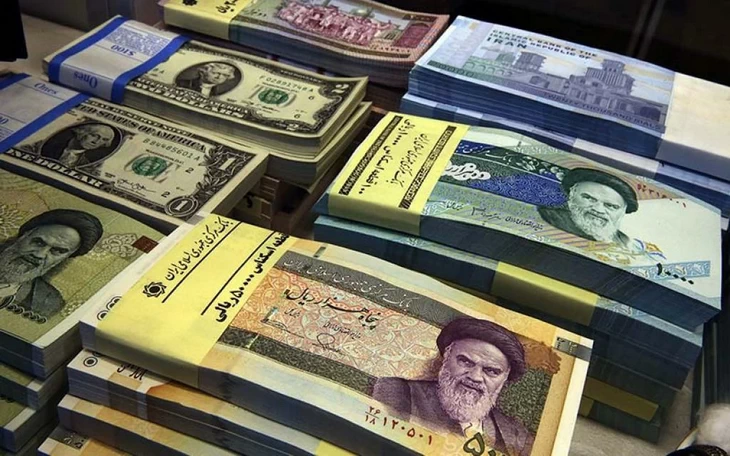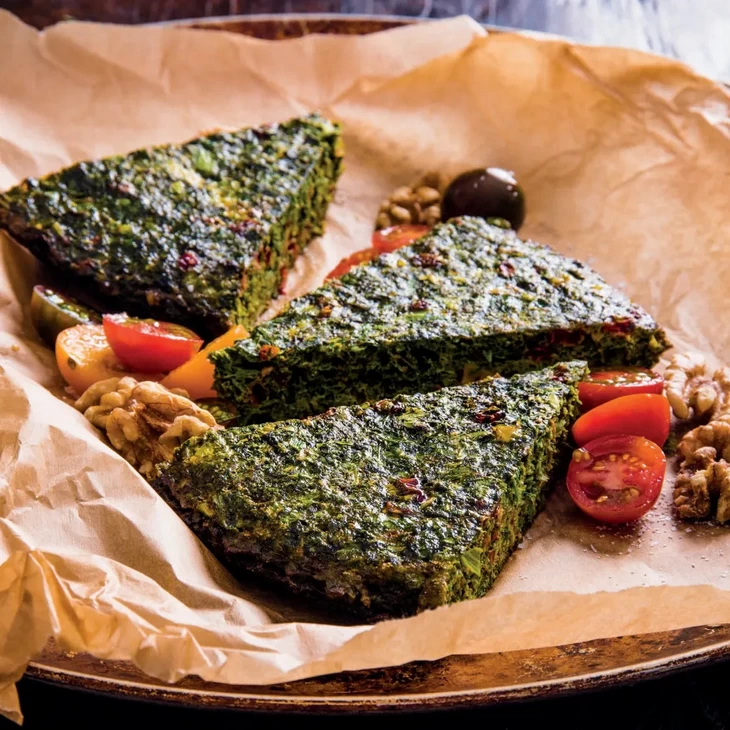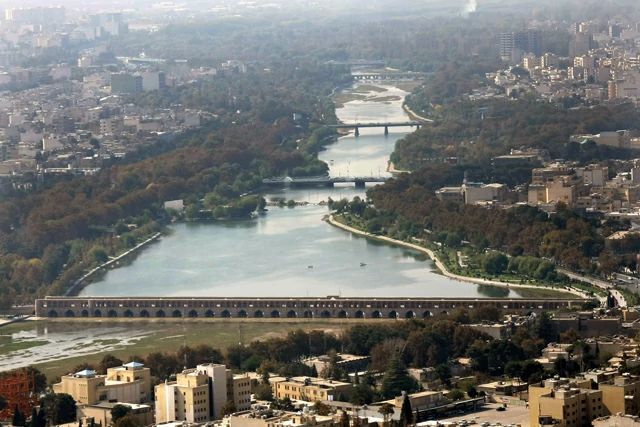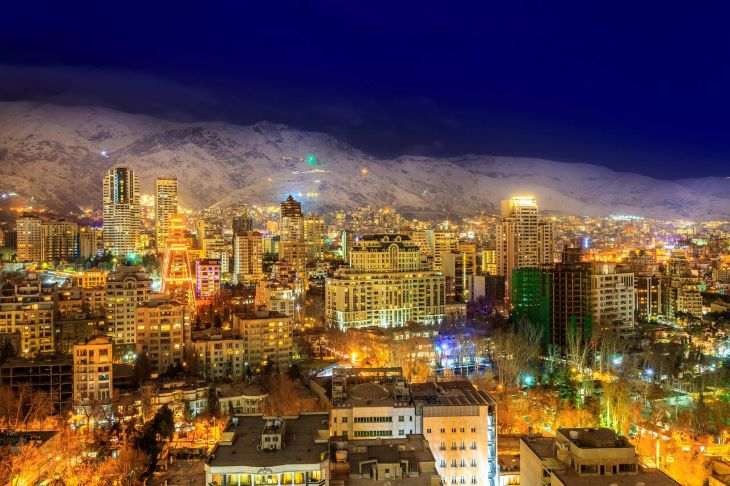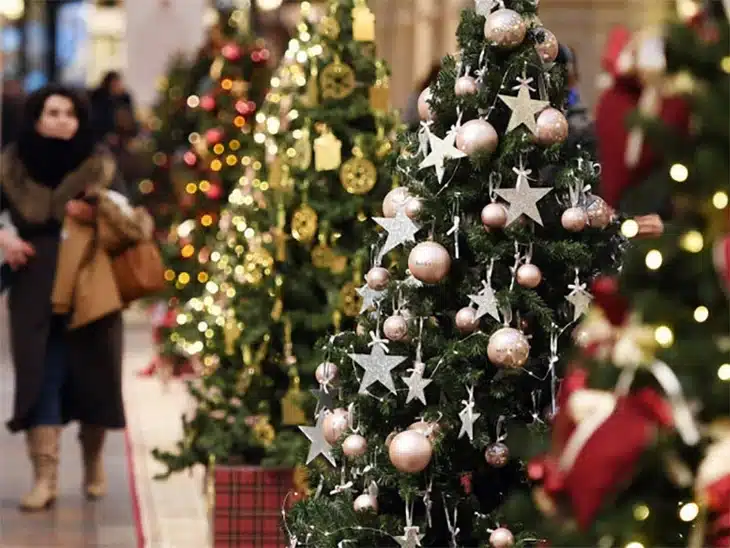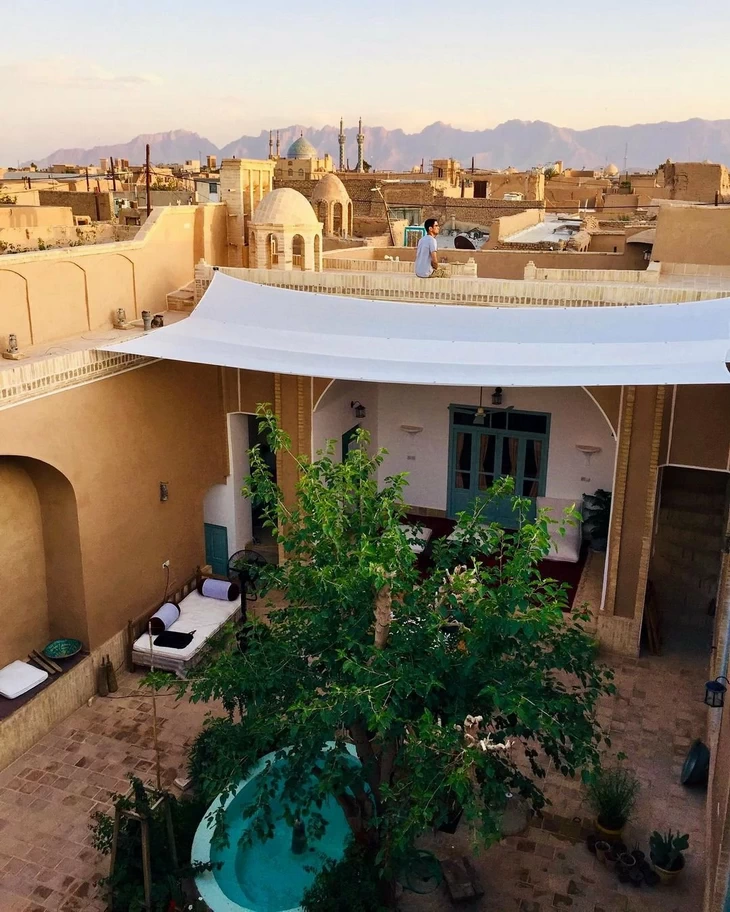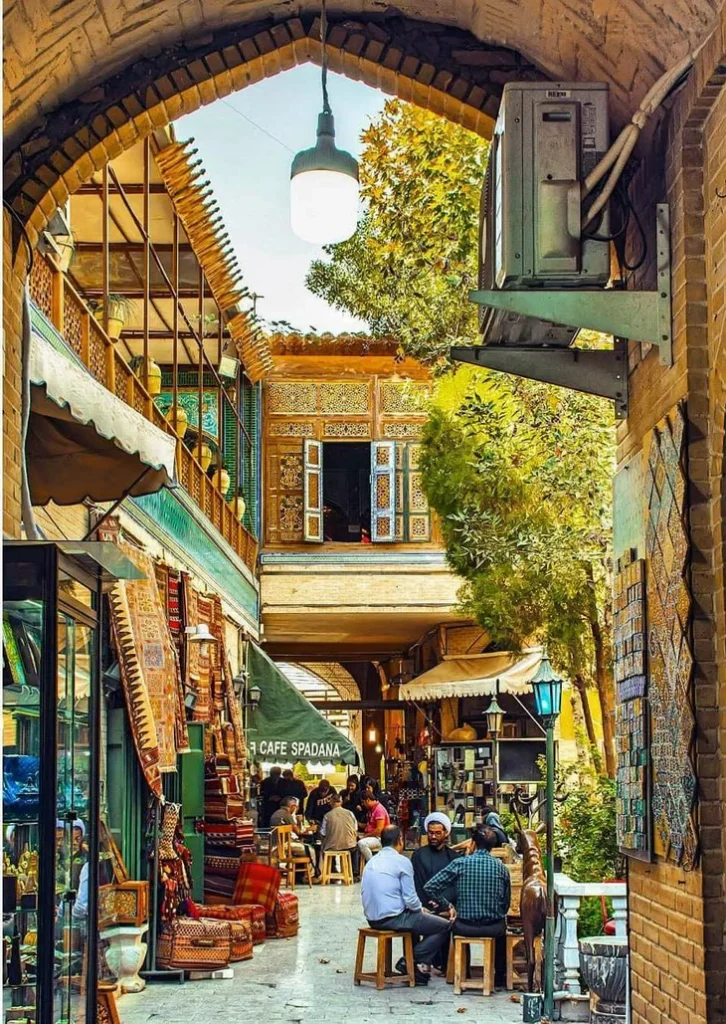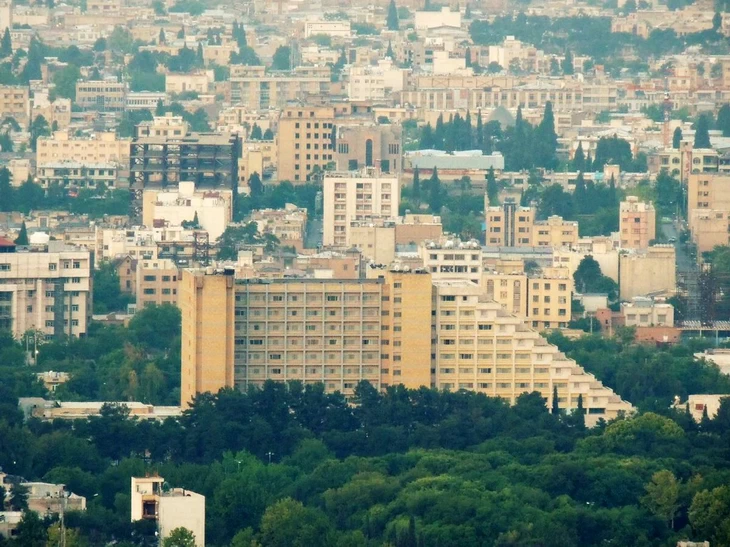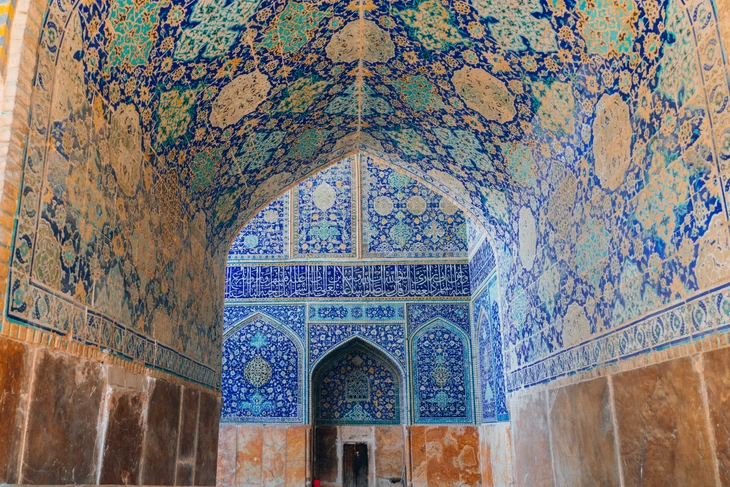Things to Do in Tehran
Tehran attractions are sometimes a bit overshadowed by the importance of the city as a landing point for tourists who visit Iran. Since the Imam Khomeini International Airport offers the most varied air travel routes in the country, this is not too much of a shock. Tourists can also sometimes find the city a bit too crowded and lacking in the significant historical sites that cities like Isfahan or Shiraz offer. While it may be true that Tehran doesn’t really have any attraction that dates back more than a few centuries, the city still contains many important Qajar and Pahlavi monuments, not to mention the fact that it is the culture/entertainment center of Iran.
So, if the idea of visiting a whole bunch of fascinating museums, partaking in the nightlife, enjoying some good food, and having fun in a more traditional sense sounds good to you, Tehran is the city for you. In this article, we’d like to address you directly and help you figure out the best way to enjoy your time in the bustling capital of Iran!
Tehran Attractions
In the three or four centuries since the Qajar era, when Tehran became the capital of Iran, the city has grown rather rapidly in size, population, and attractions. While you won’t find the ancient works of the Achaemenid or Sassanid empires in this city, and even in the Seljug and Safavid dynasties and the empires in between Tehran hadn’t been too prominent, it’s become a cornerstone of contemporary Iranian art and history. The city tells the tales of the number of struggles Iranians have undertaken for freedom, whether it’s the fight for the Constitution, the efforts for emancipation from the various foreign colonists, the Islamic revolution, and everything that has been going on in the past four decades.
What makes Tehran special -and worth a visit- is the life that vigorously flows through its veins; It’s what makes the heavy traffic, air pollution, and the occasional headaches from all of the noisiness worth going through. If you don’t want to get a bad first impression of the capital of Iran, these are our suggestions for the best places you can visit.
The Museums
Perhaps the first thing that comes to mind when talking about Tehran and its attractions is the high number of museums -the city has the highest number of museums per capita in Iran- that are just waiting to be discovered. You could dedicate a whole day to visiting these cultural and historical landmarks and would still miss out on a lot of them. But if you’re a history nut, if you’re interested in the twists and turns Iran has gone through to reach its current state, or if you would like to know about the different art forms and their presence in our culture, you will feel right at home in Tehran!
Golestan Palace
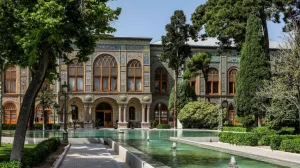
This UNESCO World Heritage site is probably the most prominent monument to the extravagance and majesty of Qajar royalty. Built around a lavish garden, the Golestan Palace currently has eight important structures (some parts of the complex were destroyed during the reign of Reza Shah of the Pahlavi dynasty, due to his beliefs in the modernization of Iran) that are decorated with the finest ornaments. The Golestan complex, which consists of most prominently the Mirror Hall, the Brilliant Hall, the Ivory Hall, and the Marble Throne among others now operates as a museum and features the influence of Western arts on Iran.
Saadabad Palace
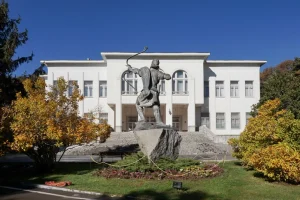
The Saadabad (also written as Sa’adabad) Complex is a set of palaces and buildings constructed by decree of Qajar kings, and later on added to by Reza Shah of the Pahlavi dynasty. While it was used as a place of residence for the royal Qajar and Pahlavi families, it has been turned into a set of museums since the Islamic Revolution of 1979.
Two of the most prominent buildings in this complex are the White Palace and the Green Palace, both named after their respectively colored facades. This massive complex that is located in the north of Tehran, at the foot of Mount Tochal, is sure to offer insight into the lives of Iranian royalty and the neoclassicism movement in Iran’s art history.
Niavaran Palace
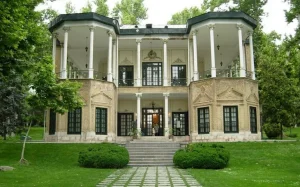
Our final entry in the series of Qajar and Pahlavi-built palaces in Tehran, the Niavaran Complex is noteworthy not only because of the lavish decorations and ornaments that cover its different buildings (you can probably figure out the passion the last two empires of Iran had for western-style neoclassic art) but also because of the fact that it served as the place of residence for Mohammad Reza Shah of the Pahlavi dynasty and his family. The Niavaran Complex features different museums such as the Jahan Nama Museum, the Shah Executive Car Museum, and the Royal Library Museum.
Moghadam House
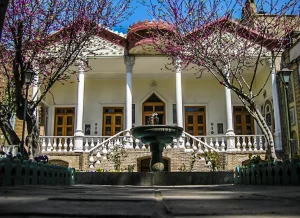
The Moghadam Family have played an important role in the city of Tehran, starting out as official figures in the city’s municipality, and serving as nobility, playwrights, architects, and professors. Until his passing, the house was the residence of Mr. Mohsen Moghadam, a man who contributed a lot to the University of Tehran (serving as a precious alumni member, an architect, a painter, a professor, and the person who designed the university’s logo) and his wife Salma, both important figures in the academic world. The house has a beautiful little garden, a café and restaurant, and a museum full of priceless artifacts.
National Museum of Iran
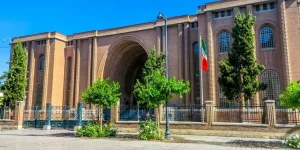
This massive museum which features works of Iranian art and culture dating from the Stone Age all the way to the contemporary era is one of the most important sites in the country for anyone who has even a little bit of interest in history. The National Museum of Iran consists of two large buildings, the arched entrance to one of which was famously designed by the French architect Andre Godard, and is a sight to behold on its own. While it is certainly a shame that some of the most priceless artifacts that belong to Iranian history are now being displayed in museums outside of our country, this museum still serves as a reminder of this land’s fascinating culture.
The National Jewelry Treasury

If you’re interested in viewing some of the most carefully crafted, brilliant, and expensive jewels out there, you should definitely make a stop at the National Jewelry Treasury Museum while you’re in Tehran. This museum features precious gemstones, fine tiaras, crowns, weaponry that is decorated with jewelry, and different brilliant accessories and ornaments. Two of the most noteworthy exhibits in this place are a Pahlavi crown which weighs some 2 Kilograms and the world-famous Daryaye Noor (Sea of Lights). The treasury and subsequently, the museum is currently run under the supervision of the Central Bank of Iran, and while some understandably tight security measures are applied, you can still enjoy beholding these fine works.
Glassware and Ceramic Museum of Iran
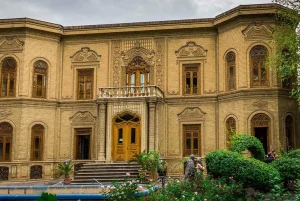
Set in a beautiful building that has operated as the residence of Ahmad Qavam, a prime minister in the Qajar and Pahlavi courts, the Embassy of Egypt, and the bureau of Farah Pahlavi, the queen of Iran during Mohammad Reza Shah’s reign, the Glassware and Ceramic Museum of Iran (also called the Abgineh Museum) is another must-see in Tehran. Iranians have been using glassware for some four millennia, one of the most ancient examples being the use of glass sticks by the Elamites in the Tchogha Zanbil Ziggurat. By visiting this museum, you will be able to better understand how these crafts have been used in Iran throughout history.
Carpet Museum of Iran
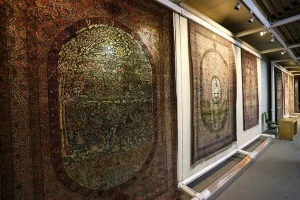
Iranian carpets have gained a global reputation as being among the finest of their kind throughout the world. In the Carpet Museum of Iran, you can see how this craft has changed throughout the years and how it has been influenced by the different artistic styles that governed the art of different eras. The various types of carpets, hand-weaved by artisans that are displayed in this museum depict stories from Iranian mythology or abstract works of Iranian and Islamic Iranian arts. You can learn about the different materials that are used in this craft and the methods, and types of carpet weaving by visiting this fascinating museum.
Tehran Museum of Contemporary Art
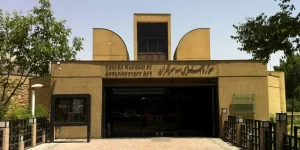
The Tehran Museum of Contemporary Art, located in the famous Laleh Park, is among the most popular attractions for locals and travelers alike, as it displays varied exhibits of contemporary art belonging to different parts of the world. The building of this museum, designed by Kamran Diba is an impressive work of modernist architecture on its own. The museum was built by decree of Queen Farah Pahlavi, and while there were some complications with it displaying Western works of art in the early years of the revolution, it currently features works from all around the world.
Negarestan Garden
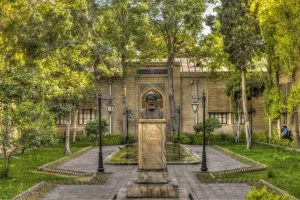
The Negarestan Garden Museum is a palace complex belonging to the Qajar era and is the site where Kamal-ol Molk, the famous Iranian painter started his school of fine arts in. The word Negar means painting/picture in the Persian language, and -estan is a suffix added to words in order to mean a place full of something, i.e. Golestan, meaning a place full of flowers. Negarestan Garden’s name comes from the fact that many paintings were displayed in the palace.
Cinema Museum
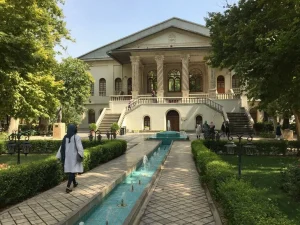
While cinema in Iran has never really reached its full potential, with the early examples of “Farsi Film”s, which were full of tasteless nudity and cheap screenwriting, the propaganda of the Islamic Republic filling the movies made after the revolution, and the current pointless so-called “comedies”, there have been a few important figures in Iran’s Cinema who have made some fine works of art through this versatile medium. Namely, Masoud Kimiaei, the late Dariush Mehrjoei, Ebrahim Golestan, Abbas Kiarostami, Sohrab Shahid Sales, and Bahram Beizaei. By visiting the Cinema Museum of Iran, located in the Ferdows Garden in the north of Tehran, you can learn more about these figures and their contribution to cinema.
Time Museum

The Time Museum of Tehran, also called the Hossein Khodadad House, is notable for being the only museum dedicated to this subject matter in Iran. Set in an incredibly charming house, this museum displays different time-measuring devices such as clocks, watches, hourglasses, sundials, and water clocks.
The Post and Communications Museum

Located near the National Garden in Tehran, the same site that holds the National Museum of Iran and a collection of other buildings is another fascinating museum, dedicated to a niche. The Post and Communications Museum exhibits collections of stamps and communication tools, varying from old telephones to telegraph and Morse machines. The building of the museum itself is one of the most beautiful governmental buildings in Tehran, designed by a Russian architect whose contribution to the city’s architecture is not limited to this building alone.
Ebrat Museum
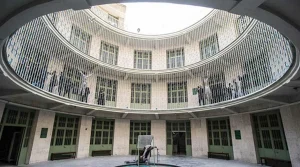
Though the Ebrat Museum is operated by those who seem to care more about pushing their own propaganda rather than unraveling the actual travesties that took place there, it’s still a fascinating place to visit -although doing so isn’t recommended for the faint of heart. The site that now operates as the Ebrat Museum of Iran was built by decree of Reza Shah to serve as a modern prison, and later on became a women’s penitentiary and torture chamber for Mohammad Reza Shah of the Pahlavi Dynasty’s secret police, SAVAK.
Simin and Jalal House Museum
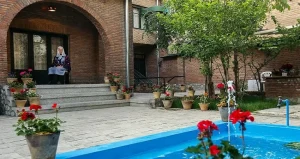
This house located in the north of Tehran once belonged to two of the most important figures in contemporary Iranian literature, Simin Daneshvar and Jalal Al-Ahmad. If you want to learn about these authors’ works and want to see the house in which they lived left as it was, you can enjoy a trip to the Tajrish neighborhood!
Argo Factory
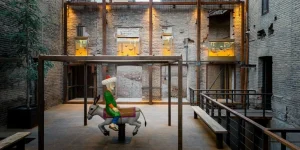
The Argo Factory in Tehran was once a manufacturer of beers and drinks. After being shut down in the 70s, it was never reopened, due to the ban on alcoholic drinks by the Islamic Republic. It now operates as a contemporary art museum, with a fantastic style in its renovation.
Tabiat Bridge
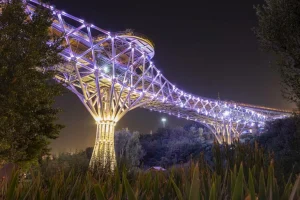
The Tabiat Bridge is the largest pedestrian overpass in Tehran. It’s a truly beautiful sight, especially in the nighttime, when colorful lights are shone upon it. The Tabiat Bridge spans 270 meters and connects the Taleghani Park to the Abo-Atesh Park.
Tehran Grand Bazaar
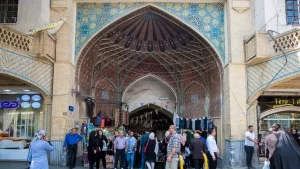
The Tehran Grand Bazaar is the oldest in the city, belonging to the Qajar era. This bazaar is ideal for shopping for souvenirs, and even just gazing at the beautiful architecture.
Azadi Tower

The Azadi Tower was built just a few years before the Islamic Revolution by Hossein Amanat. It was built as a monument to Persia’s great history and completely out of cut marble. The site has become somewhat of a symbol in Tehran and is certainly not to be missed out on.
Milad Tower
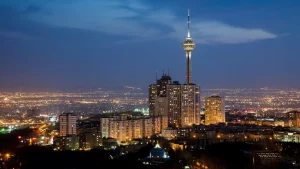
The Milad Tower is a skyscraper in the heart of Tehran and the tallest tower in Iran. Though it may not be a unique work of historic or symbolic architecture, it is certainly one of the prime examples of modernism in Iran.
Darband
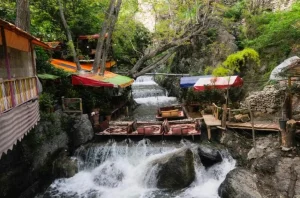
Darband is among the most beautiful natural sites you can visit during your time in Tehran. It’s a wonderful neighborhood where you can not only enjoy the natural beauty but also the bustling nightlife.
The Ski Resorts
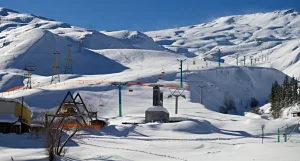
If you’re interested in Snow sports, you have your pick of the crop in Tehran. With multiple ski resorts in Dizin, Darband, Tochal, Shemshak, and Sahand, you can have a great time with your family and friends.
Food & Entertainment
From theatres, restaurants, cafes, cinemas, parks, and so much more Tehran has got it all. The capital also has the most active nightlife in the country, and you’re pretty much guaranteed not to spend too much time in your place of accommodation.
Here are some of the best restaurants in the city!
Shopping in Tehran
Whether you want to shop for souvenirs, clothes, accessories, and pretty much anything else, and whether you want to shop at massive malls or traditional bazaars, Tehran is the city for you. While it may be a bit expensive by Iranian standards, you can be pretty certain that you’re buying high-quality items.
Transportation
This may be the most complicated part of traveling to Tehran. The city is quite large, and there’s always quite a lot of traffic. The subway system has long since been established in Tehran and offers multiple lines that pretty much cover the entire city and some of the surrounding areas, but sometimes, navigating the complex system can be difficult even for locals. Be sure to ask for help from your hostel/hotel/place of accommodation’s front desk for help, as you may not be able to rely so much on the help of friendly locals, everyone seems to be in kind of a rush in Tehran.
Tehran Accommodation
You can read our blog where we’ve listed some of the best hostels in Tehran in order to figure out your accommodation when you actually get to the city!
If you want to learn a bit more about Iran hostels in general, here are some more posts you can read!
Also read our blogs about things to do in other cities!

